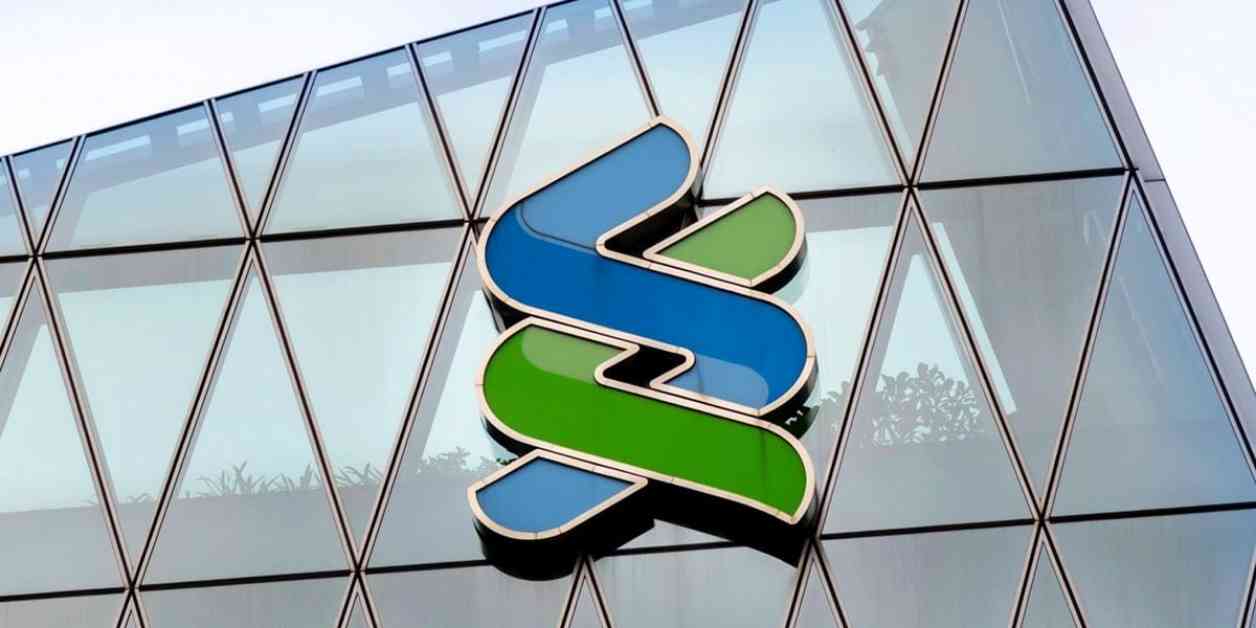Bitcoin is facing some volatility due to geopolitical risks, according to a recent report from Standard Chartered. The investment bank suggests that the price of Bitcoin could drop below $60,000 in the near future. Despite this potential dip, the report advises investors to take advantage of the situation and buy the dip.
It’s important to note that Standard Chartered does not consider Bitcoin to be a safe haven asset when it comes to geopolitical risks. Instead, they see it as a hedge against traditional financial issues such as bank collapses or U.S. Treasury problems. This differentiates Bitcoin from assets like gold, which are often viewed as geopolitical hedges.
Geopolitical concerns, especially related to the ongoing conflict in the Middle East, are expected to impact Bitcoin’s price in the coming days. The report suggests that these concerns could push the price of Bitcoin below $60,000. However, Standard Chartered believes that buying the dip could be a smart move for investors.
In addition to Standard Chartered’s analysis, Bitget Research also shares a positive outlook on Bitcoin. Despite the recent downturn in the market, institutional investors are continuing to buy digital currency at a steady rate. This indicates that there is still strong demand for Bitcoin, even amidst geopolitical uncertainties.
At the time of publication, Bitcoin was trading around $60,500, with a slight decrease of 0.4% on the day. The broader crypto market index, CoinDesk 20 (CD20), experienced a more significant drop of 5.5%. This suggests that while Bitcoin may be facing some volatility, it is still holding relatively steady compared to other cryptocurrencies.
Overall, despite the potential for Bitcoin to weaken below $60,000 in the short term, both Standard Chartered and Bitget Research maintain a positive outlook on the digital asset. For investors, this could present an opportunity to buy the dip and potentially benefit from future price increases.


















